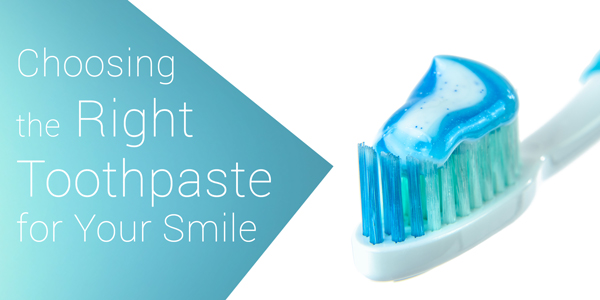Not all toothpastes are created equal. If you’ve walked down the grocery store aisle anytime recently, you’ve probably been borderline overwhelmed at the number of oral health products there are to choose from.
Read the Label
Do you have a specific type of oral health concern that you’re dealing with? Problems like gingivitis, tartar buildup, excessive staining, and tooth sensitivity are all handled in different ways.
Look at the toothpaste box to see what that particular blend is designed for. They work in different ways, so a toothpaste that’s made to help with sensitive teeth isn’t necessarily going to prevent tartar buildup or vice versa.
Is it ADA Approved?
ADA approved toothpastes have years of clinical research and data to back them up. If the toothpaste says it’s for fighting gingivitis or combating tooth stain — and it’s ADA approved — you know that it’s proven to work in real life.
Don’t Always Choose the Whitening Blend
One of the biggest mistakes people make is automatically selecting a whitening toothpaste to clean their teeth with. Before they know it, they’re suffering from chronic tooth sensitivity. Whitening pastes tend to open the small pores of your teeth, while sensitivity blends do the opposite. If you already have sensitive teeth to begin with, using a whitening toothpaste could make the situation even worse. If you’re worried about tooth sensitivity, check your toothpaste label.
If you’re still torn between one brand or another, ask your dentist or hygienist about their toothpaste recommendations during your next checkup. Schedule yours today.

